20 Aug 25 Our journal for “One History – Many Stories”

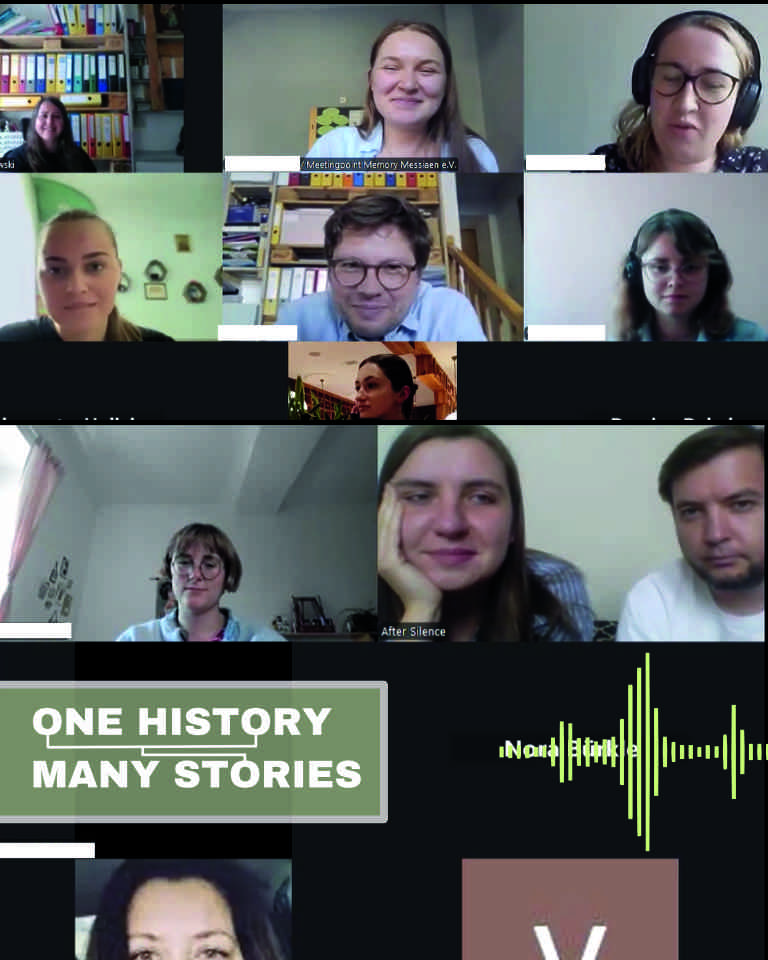
Leading up to our project “One History – Many Stories. Summer School on WWII Forced Labour and Public History” we had the opportunity to learn how to conduct interviews with contemporary witnesses and to work with various historical archives.
The main idea was for every participant to research their own family history connected to WWII forced labour and its victims.
The workshops were led online by historians Anna Jatchenko and Andrij Ucatch from Після тиші – After Silence, our Lviv-based partners.
Our project kicked off with our group of young people from Ukraine, Poland and Germany coming together in GörlitZgorzelec. We focused on the layout of the individual projects, which will be developed on the basis of biographies of forced labourers.
During our programme we had the chance to receive information and be inspired by historical and artistic inputs as well as visits to different places and memorial sites of forced labour.
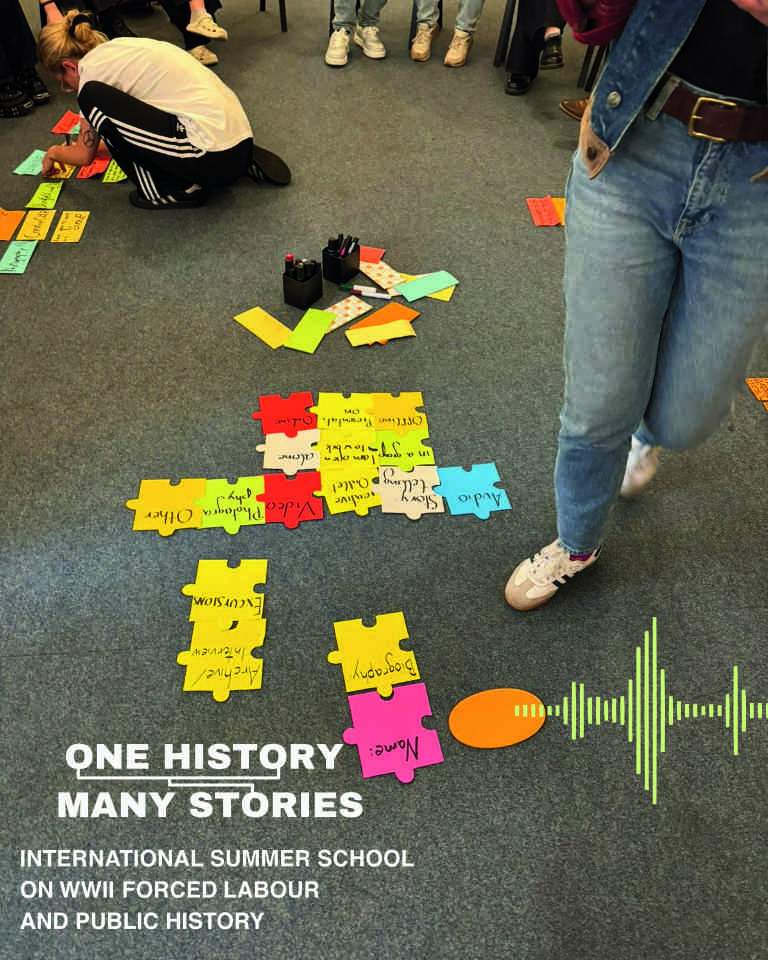

The memorial site Stalag VIII A was the starting point of our work. We not only visited the site but also engaged deeply with its history, focusing on individual biographies of the prisoners. The guided tour was led by Alexandra Grochowski, head of Meetingpoint Memory Messiaen e.V.
We concluded the morning by commemorating the victims of the camp at the nearby cemetery of Soviet prisoners of war.
During the workshop “My ‘picture’ of WWII,” our volunteer Luzie Kothera encouraged the group to reflect on where their knowledge of WWII comes from—family stories, school education, or experiences connected to memorial sites. The workshop helped reveal differences in historical narratives and perspectives between nations.
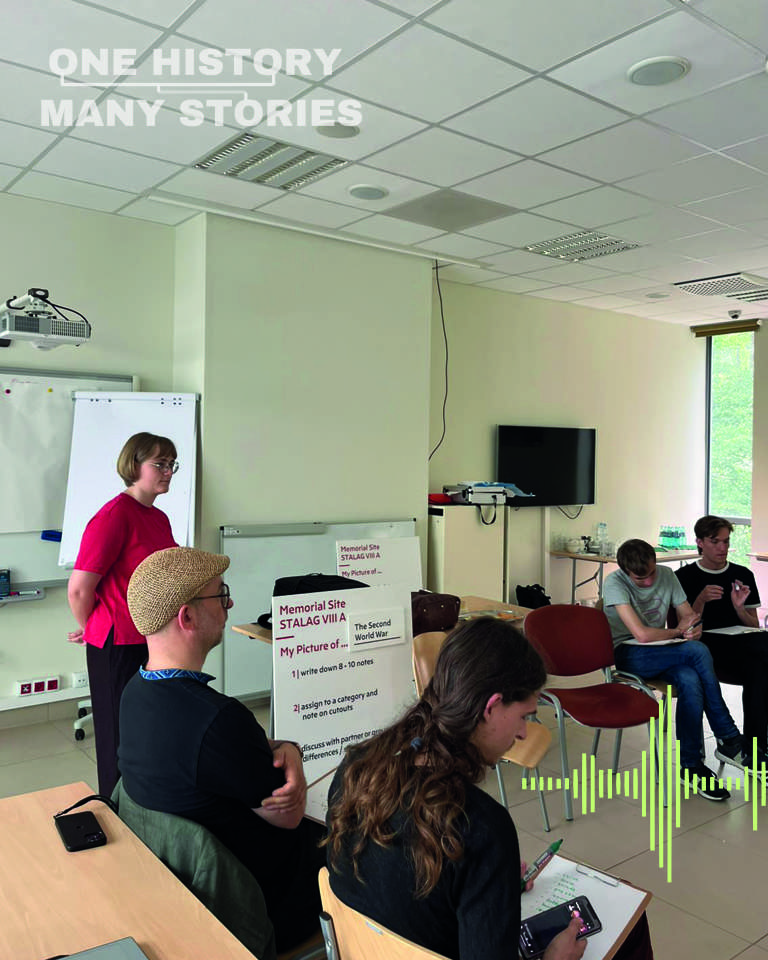
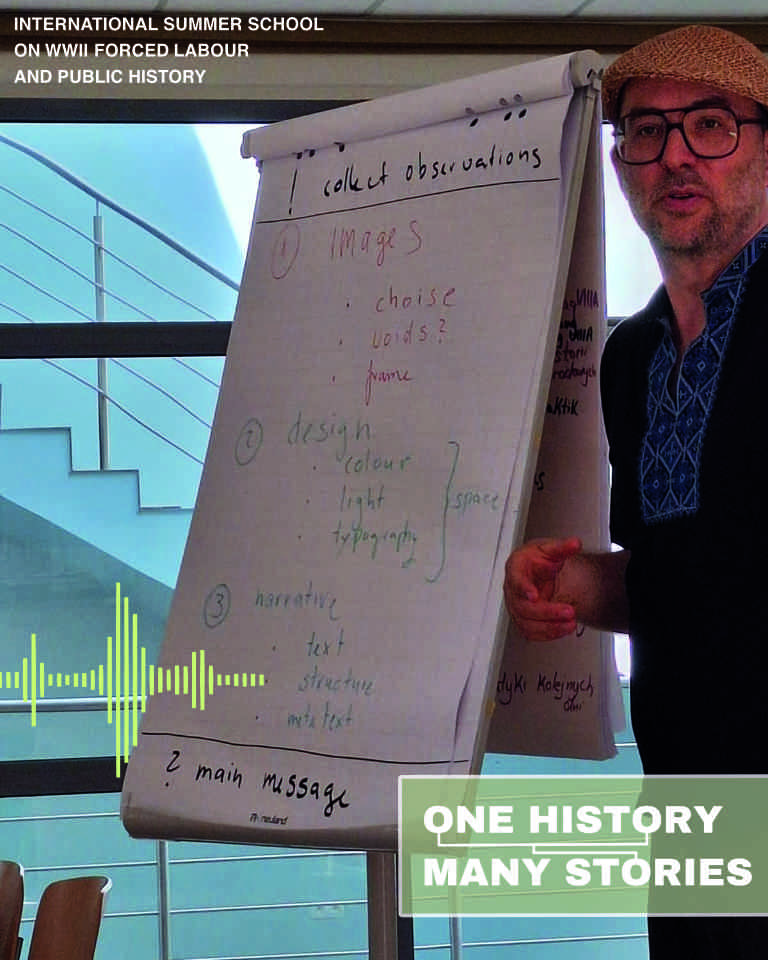
Public history was one of the key aspects of our project. The German historian Felix Ackermann introduced us to this field. Under his guidance we visited the exhibition “Görlitz im Nationalsozialismus.”
We analyzed its design, storytelling approach and overall message. We ended the day with a discussion comparing museum practices in Ukraine, Poland and Germany.
During a visit to the memorial site of Gross-Rosen in present-day Rogoźnica, we confronted the extremely harsh reality faced by forced labourers in German concentration camps. The visit was very emotional for the group.
One participant from Ukraine noted that this place—utterly devoid of humanity—is emotionally difficult to comprehend, yet she also realized that living under constant attack in Ukraine had caused her to develop a degree of emotional numbness.


Continuing our research on Nazi forced labour, we visited the Gedenkstätte für Zwangsarbeit Leipzig. The workshop focused especially on the female perspective of forced labourers. Using a digital map, we explored several sites of forced labour. In small groups we studied various biographies using a range of sources.
Historian Daria Reznyk from the organization After Silence spoke about her work in the field of public history. She focused on marginalized groups, especially Ukrainian Ostarbeiters, emphasizing why their stories are often overlooked and how essential it is to make their fates visible.


Our project has also attracted interest from the local community. In an interview with MDR Sachsenspiegel, Vitalina Voitenko spoke about her project focusing on her great-grandfather, who was forced to work in Saxony during WWII. Through her work she can now connect his story to the region.
Meanwhile, Luzie Kothera is working on a project about Polish poet and radio play author Zdzisław Nardelli, creating her own audio play as part of it.
Getting to know each other, exchanging ideas and practicing self-organization are essential aspects of our project. During morning and evening gatherings we also address personal topics and strengthen our connection as an international group. Ukrainian educator Vlada Hnatchenko supports this process by offering individual guidance and ensuring that we find balance between demanding topics and moments of rest.
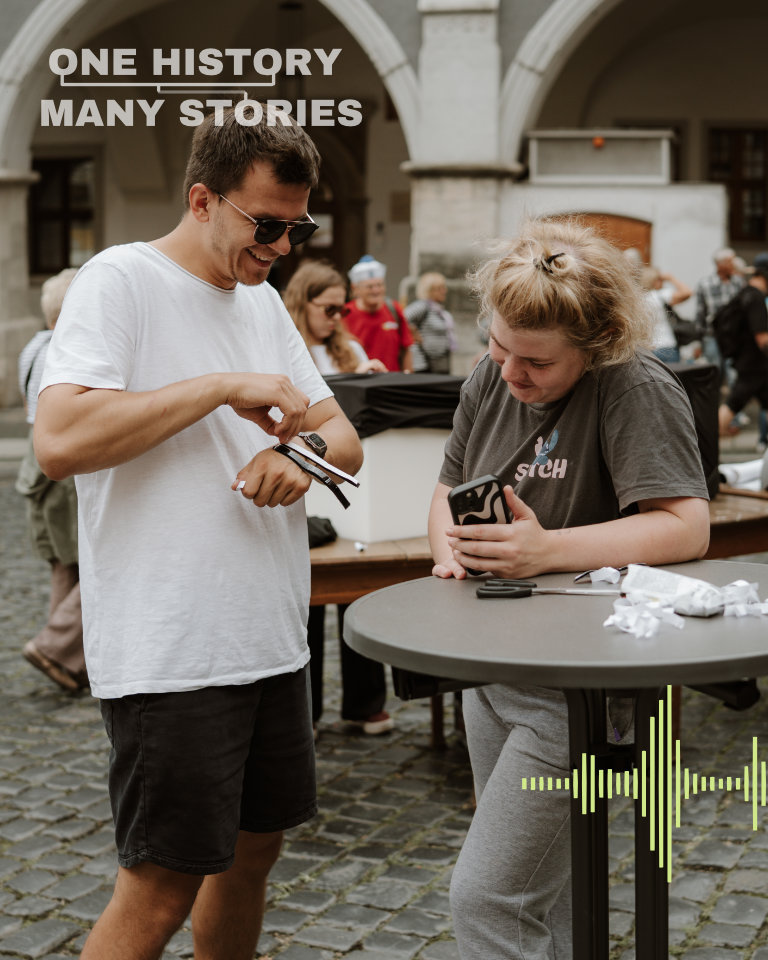
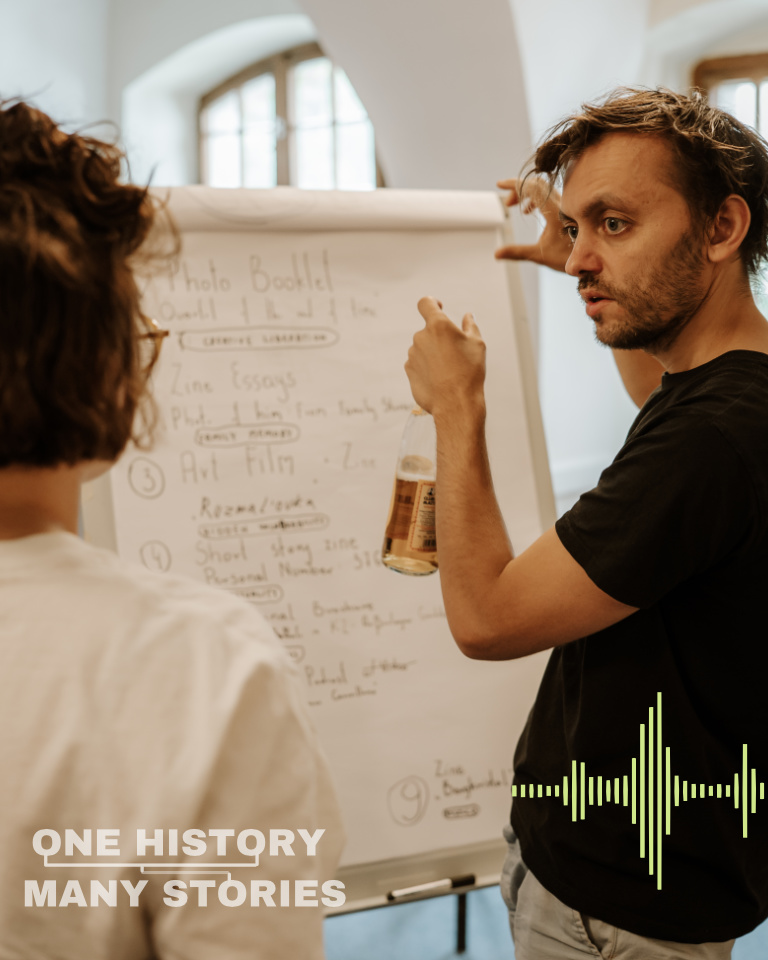
As we progressed in developing our individual projects, we began the day with an input session by Polish theatre and film director Damian Dąbek. He shared insights into the art of storytelling and provided tools for structuring our work, which sparked many new ideas.
“One History – Many Stories” is dedicated to the personal stories of forced labourers who were treated inhumanely and whose fates often remain unknown. During a guided bike tour through Görlitz led by Alexandra Grochowski, we visited places of labour, despair and death that were once omnipresent in the city and throughout Germany.
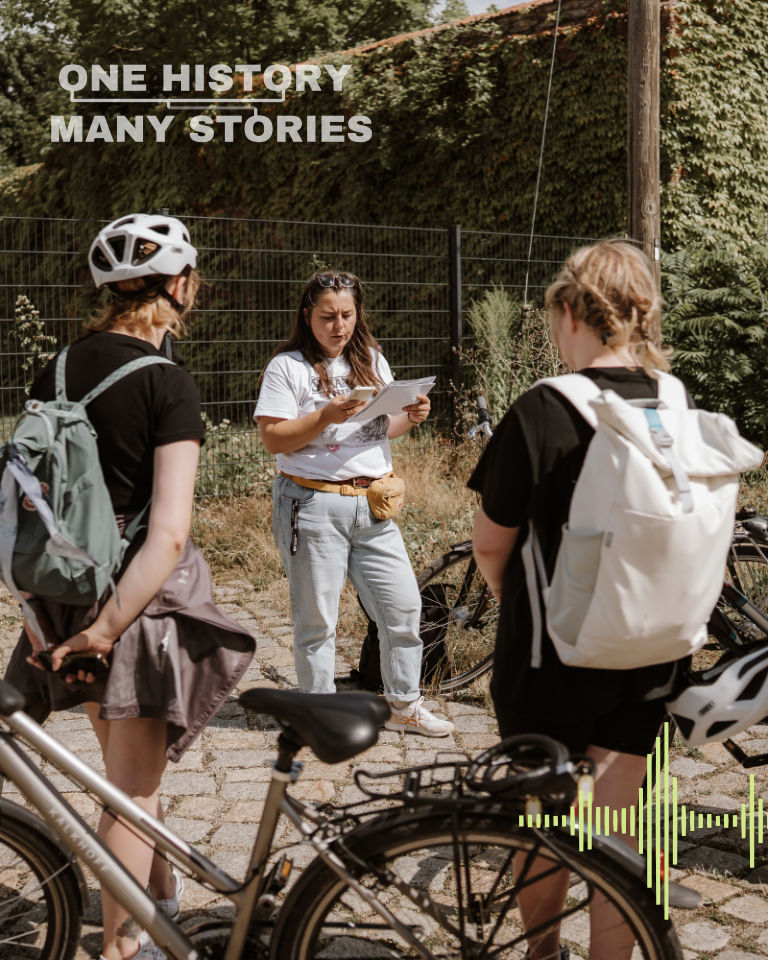
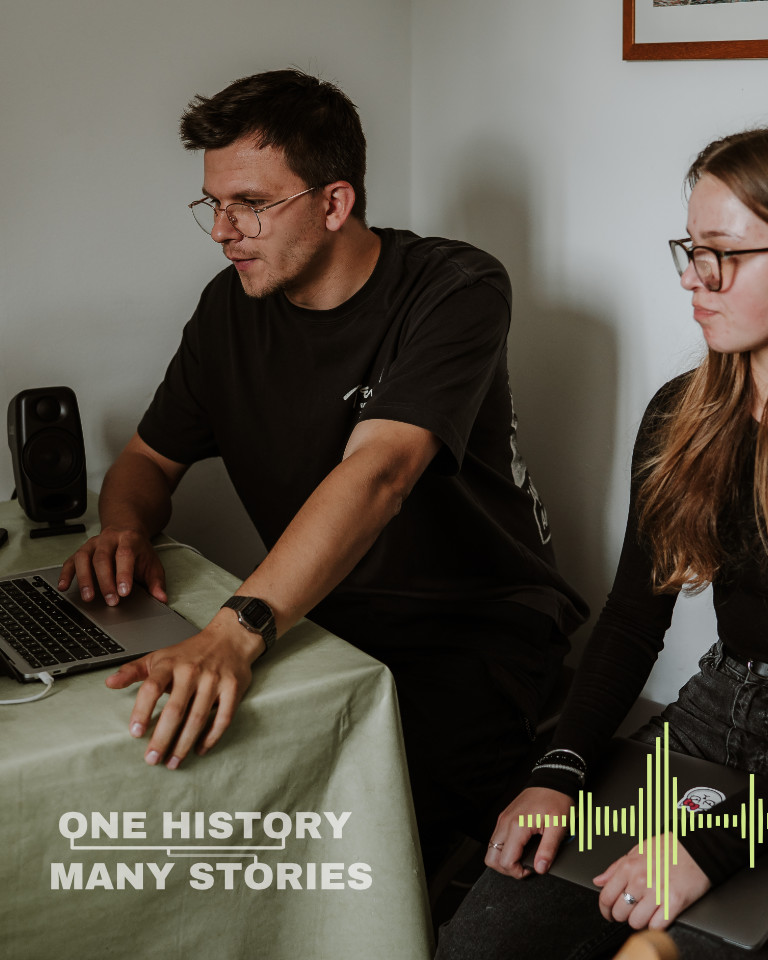
Digital creator Mikolaj Kolodziejczyk introduced us to techniques for producing digital content such as videos and podcasts. His expertise supported nearly every group in the realization of their projects. In the evenings, he enriched the atmosphere by sharing his talent as a pianist.
As our creative phase drew to a close, we began preparing for the joint presentation of our projects in Görlitz’s old town. In the form of a pop-up exhibition, we showcased the diverse outcomes of our work while finalizing the last details.
The exhibition was very well received by both residents and visitors.
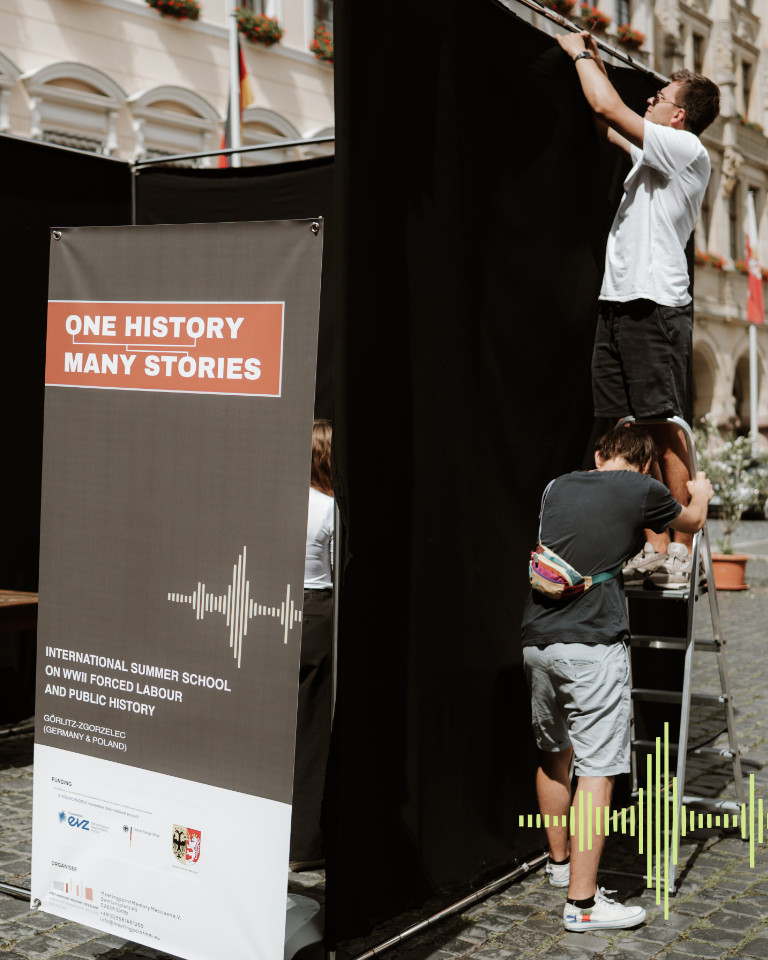
Das Projekt wird von der Stiftung EVZ und dem Auswärtigen Amt im Rahmen des Programms JUGEND erinnert international gefördert.

Gefördert durch die Stadt Görlitz.

Stand: 15.09.2025